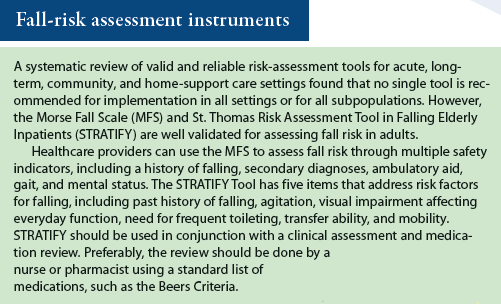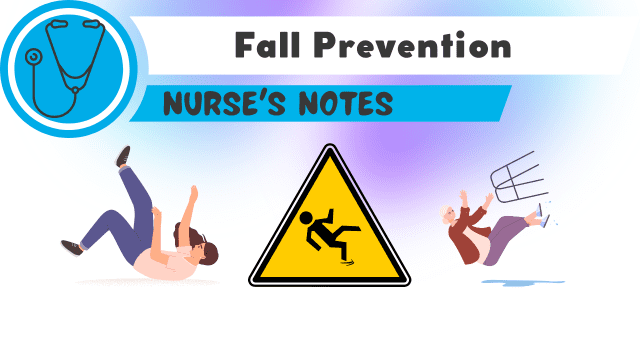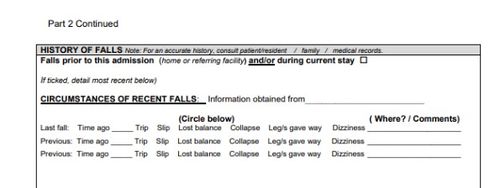More About Dementia Fall Risk
Table of ContentsSome Of Dementia Fall RiskDementia Fall Risk - The FactsNot known Facts About Dementia Fall RiskThe Facts About Dementia Fall Risk RevealedWhat Does Dementia Fall Risk Mean?
Make certain that there is an assigned area in your clinical charting system where team can document/reference ratings and document pertinent notes connected to drop prevention. The Johns Hopkins Fall Danger Analysis Device is one of lots of tools your staff can utilize to assist avoid damaging clinical events.Client drops in medical facilities prevail and debilitating unfavorable events that persist in spite of years of initiative to decrease them. Improving communication across the examining nurse, treatment team, individual, and person's most entailed friends and family members might strengthen autumn avoidance efforts. A team at Brigham and Female's Health center in Boston, Massachusetts, looked for to create a standard autumn prevention program that centered around improved communication and individual and family involvement.

The development group highlighted that effective execution relies on patient and staff buy-in, combination of the program right into existing process, and integrity to program procedures. The team kept in mind that they are facing just how to guarantee continuity in program application throughout periods of dilemma. During the COVID-19 pandemic, for example, an increase in inpatient falls was related to limitations in patient interaction in addition to restrictions on visitation.
Things about Dementia Fall Risk
These incidents are normally considered preventable. To carry out the treatment, companies need the following: Access to Fall TIPS resources Autumn TIPS training and retraining for nursing and non-nursing staff, consisting of brand-new nurses Nursing workflows that enable for individual and household interaction to carry out the falls analysis, guarantee use of the prevention strategy, and carry out patient-level audits.
The results can be extremely damaging, typically accelerating person decline and causing longer medical facility stays. One research study estimated remains increased an additional 12 in-patient days after a patient autumn. The Autumn TIPS Program is based upon interesting clients and their family/loved ones throughout 3 major procedures: assessment, customized preventative interventions, and auditing to make certain that individuals are participated in the three-step loss prevention process.
The individual evaluation is based upon the Morse Loss Range, which is a confirmed fall risk evaluation device for in-patient healthcare facility setups. The scale includes the six most usual reasons clients in medical facilities drop: the client autumn background, high-risk conditions (including polypharmacy), use IVs and various other outside devices, psychological condition, stride, and flexibility.
Each risk factor relate to several workable evidence-based treatments. The nurse produces a strategy that incorporates the treatments and is visible to the treatment group, person, and household on a laminated poster or published aesthetic aid. Nurses establish the strategy while consulting with the patient and the client's family members.
The Greatest Guide To Dementia Fall Risk
The poster offers as a communication device with other members of the person's care team. Dementia Fall Risk. The audit element of the program consists of examining the patient's understanding of their danger variables and avoidance plan at the system and healthcare facility levels. Nurse champions conduct a minimum of 5 specific meetings a month with patients and their families to look for understanding of the fall avoidance strategy

A projected 30% of these falls result in injuries, which can vary in intensity. Unlike various click this site other negative occasions that call for a standard clinical response, autumn avoidance depends highly on the needs of the client.
The 25-Second Trick For Dementia Fall Risk

Based on auditing results, one website had 86% conformity and two websites had more than 95% compliance. A cost-benefit analysis of the Fall TIPS program in 8 healthcare facilities approximated that the program price $0.88 per person to implement and led to financial savings of $8,500 per 1000 patient-days in direct expenses connected to the avoidance of 567 tips over 3 years and 8 months.
According to the development team, organizations thinking about carrying out the program must conduct a readiness evaluation and drops avoidance gaps evaluation. 8 Additionally, companies must ensure the necessary facilities and workflows for execution and establish an execution plan. If one exists, the organization's Fall Prevention Task Force must be involved in preparation.
10 Simple Techniques For Dementia Fall Risk
To begin, companies must make certain completion of training modules by registered nurses and nursing aides - Dementia Fall Risk. Health center staff ought to assess, based on the demands of a healthcare facility, whether to straight from the source make use of a digital health and wellness document printout or paper version of the autumn prevention plan. Executing groups need to recruit and train registered nurse champions and establish processes for bookkeeping and coverage on fall information
Personnel require to be entailed in the process of upgrading the workflow to involve patients and family members in the assessment and avoidance strategy procedure. Systems must be in location to ensure that systems can comprehend why an autumn took place and remediate the cause. Extra specifically, nurses must have channels to give recurring responses to both team and unit management so they can adjust and boost fall avoidance workflows and connect systemic problems.
Comments on “The Definitive Guide for Dementia Fall Risk”